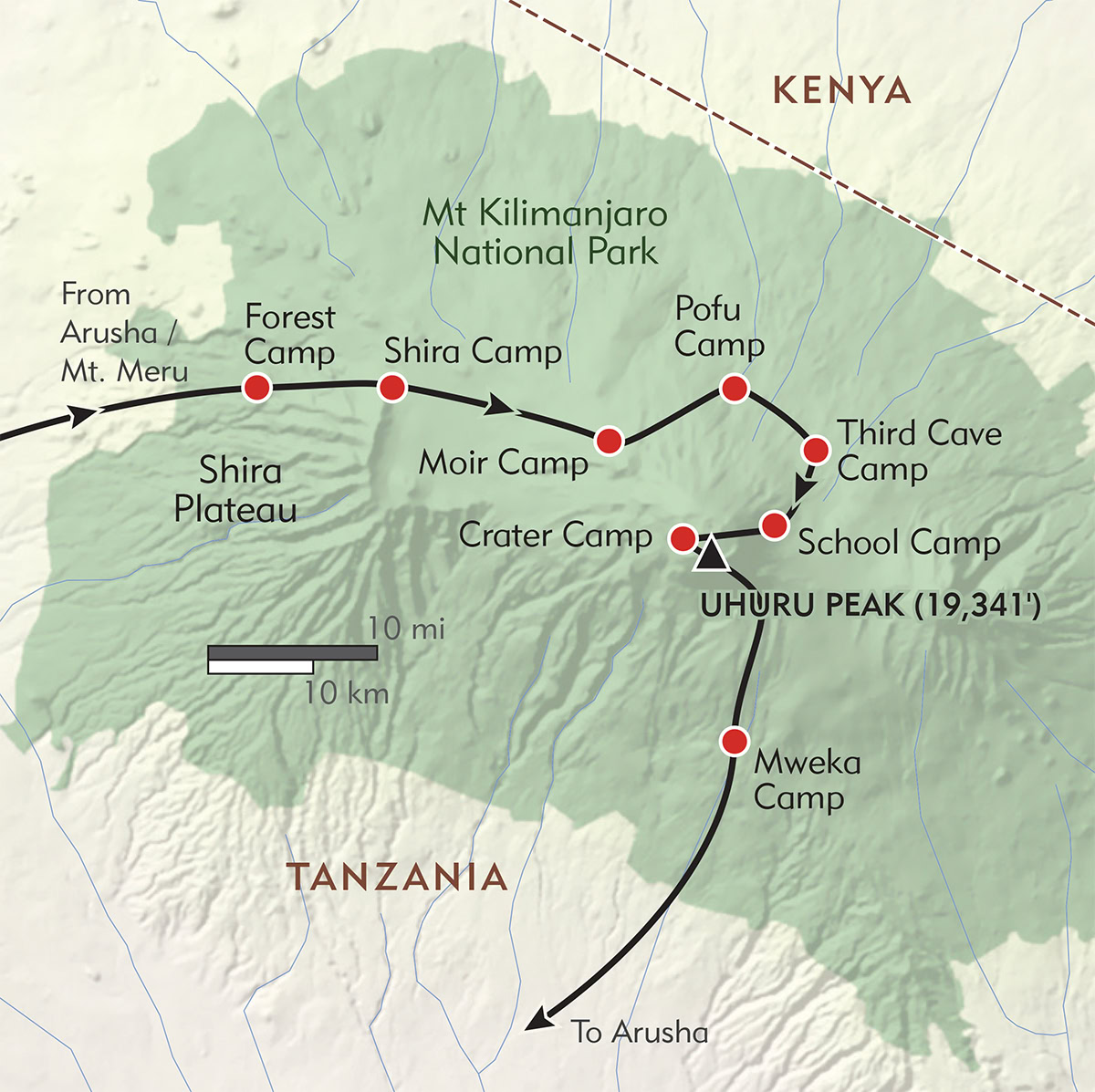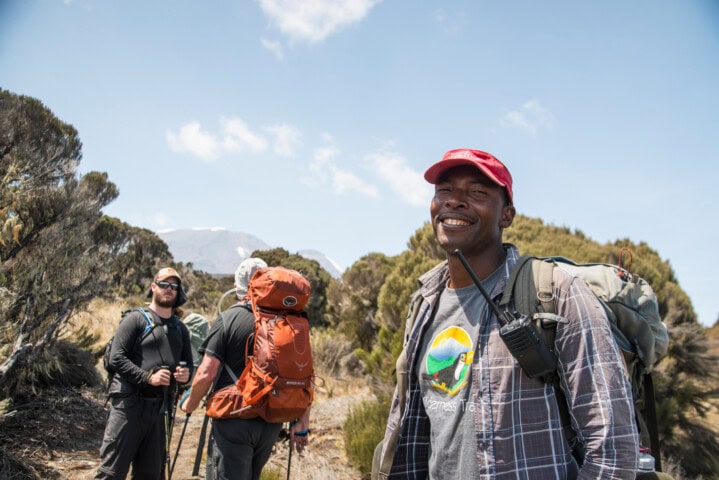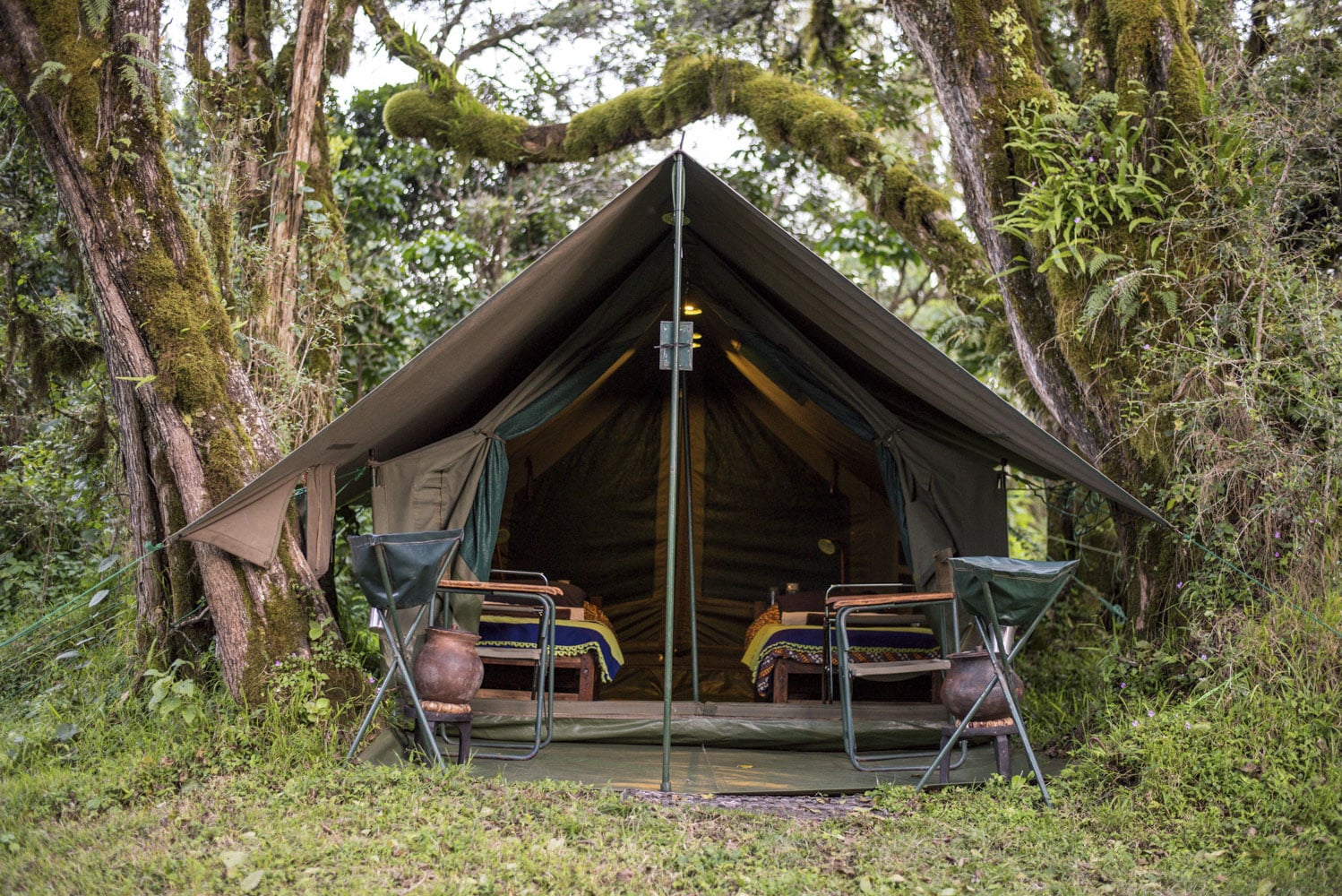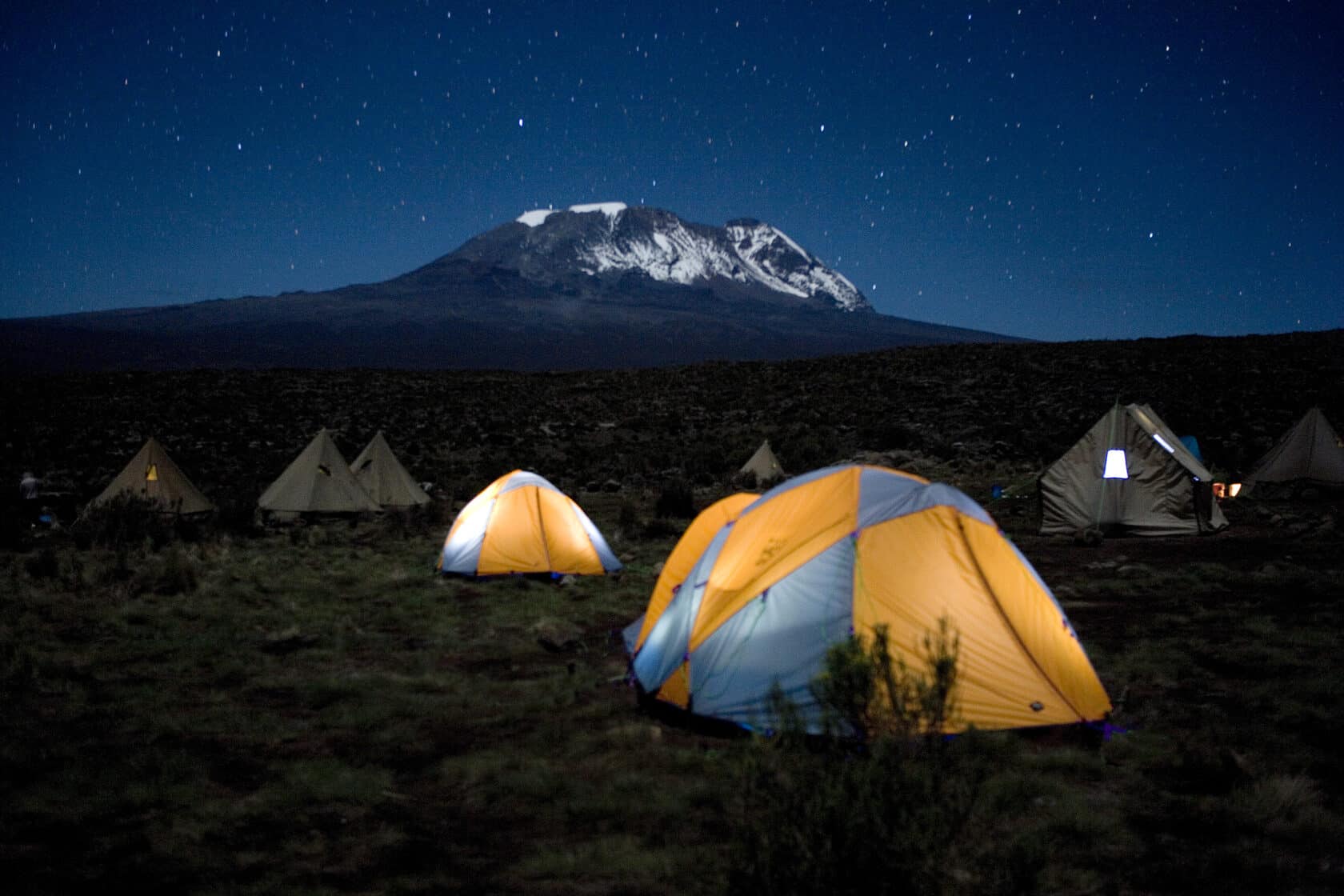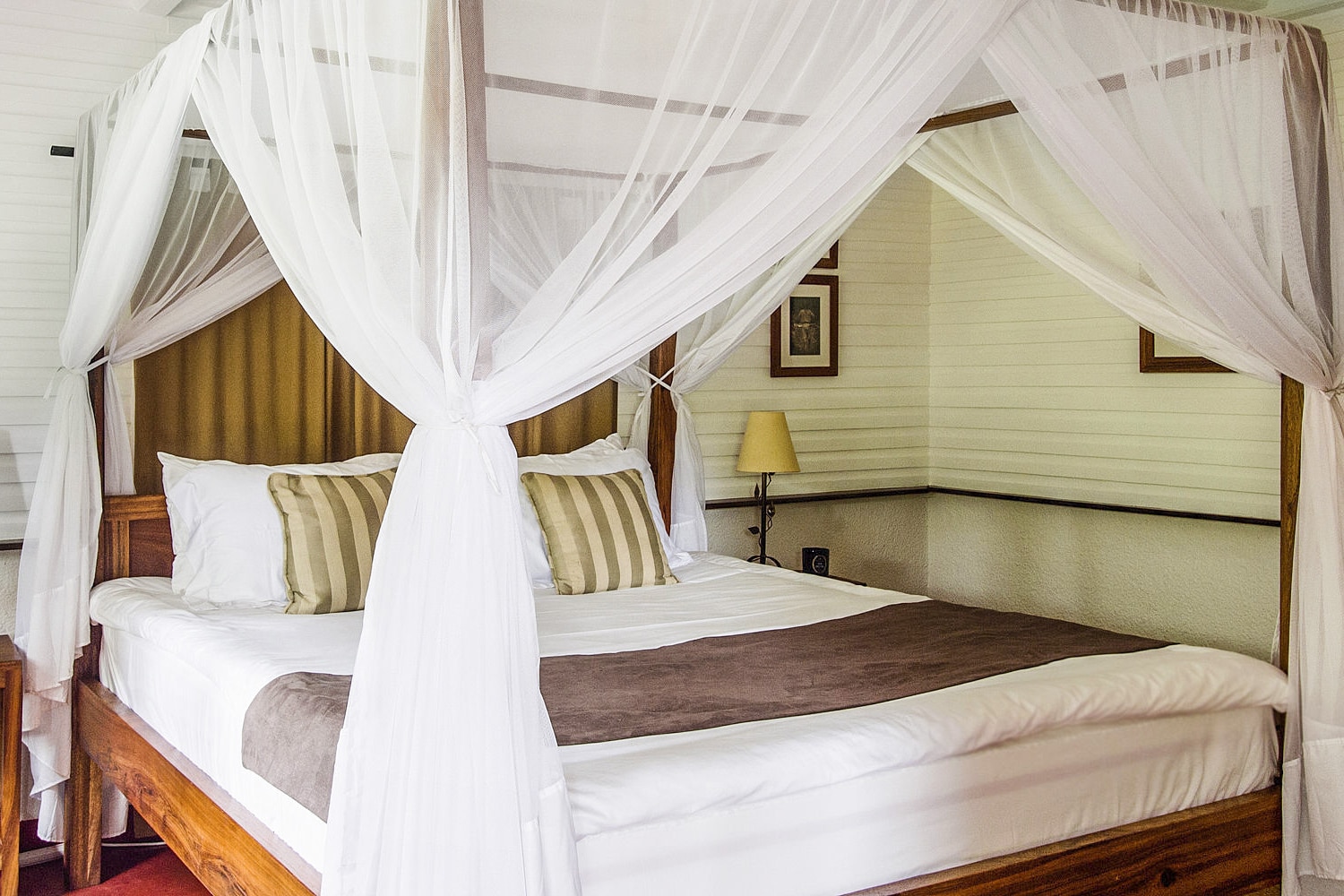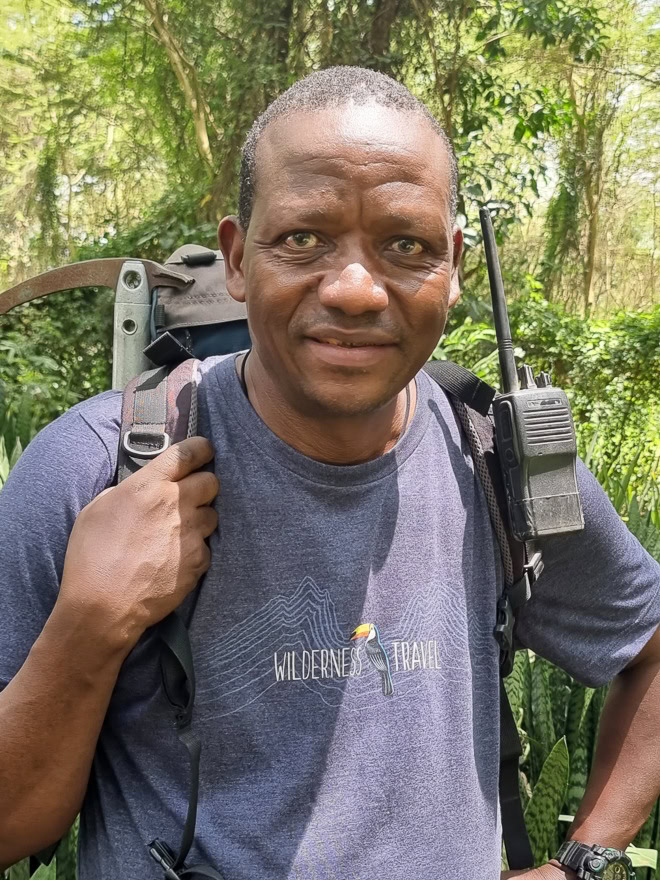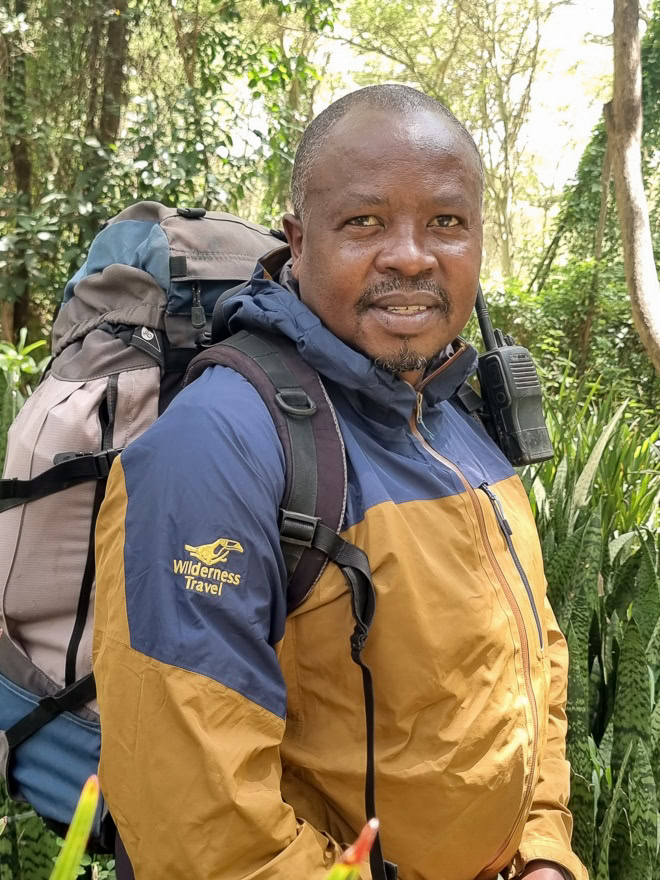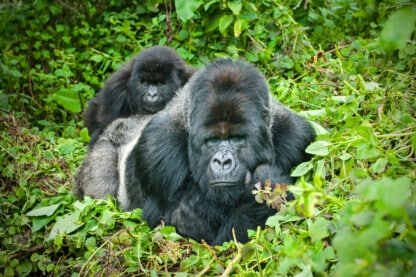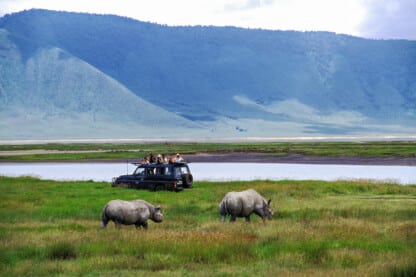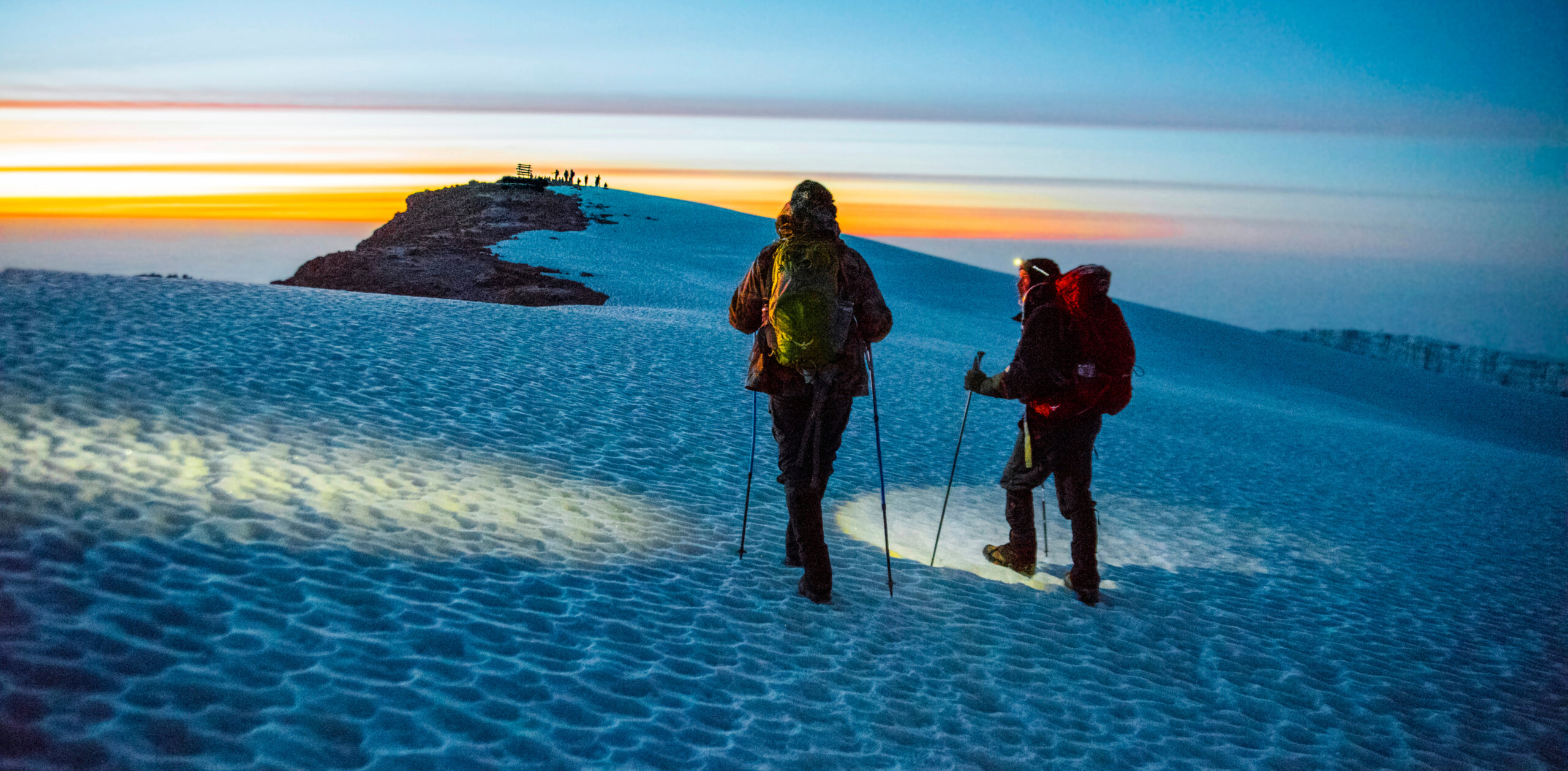
Trek to the Summit of Africa's Highest Peak
Kilimanjaro Private Journey
SAFARI EXTENSION DISCOUNT
Overview
We’ve perfected the climb to the celebrated “snows of Kilimanjaro” on the stunning Northern Circuit Route, a breathtaking trail on Kili’s little-traveled northern flanks, and it makes a fantastic Private Journey to celebrate with family or friends. With seven days on the ascent for maximum altitude acclimatization, your group will have the best chance of peak success—plus just a short climb to the summit to view the sunrise (not the grueling 9-hour climb in the dark required on other routes!). On our route, your group will also have the opportunity to hike right to the rim of Kili’s astonishing inner crater, a surreal moonscape. Our camps have the finest amenities on the mountain, and for extra security we always carry oxygen and a Gamow bag. Our legendary, highly skilled guides and crew bring experience, camaraderie, and fun to your climb. Have it your way—with your own group and your own trip dates!
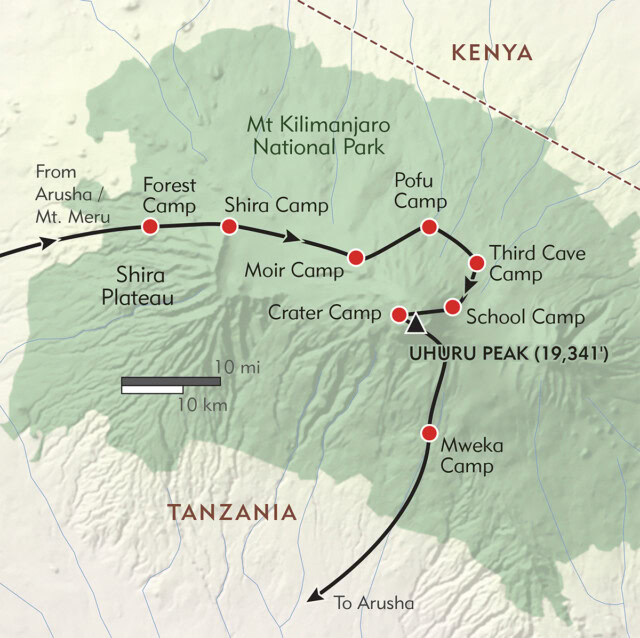

Arrive: Arusha, Tanzania
Depart: Arusha, Tanzania
Highlights
- Climb the best route to the summit of Africa's highest mountain!
- Uncrowded trails, Kili's five ecozones, vital extra days for acclimatization
- Sunrise on the summit of Africa, camp by the glaciers on Kili's crater rim
- Led by the most experienced guides on the mountain
- Best camp amenities for your comfort, safety, and nourishment on the climb
- We insure and outfit our porters
Itinerary
Accommodations
Scroll through our signature accommodations for this trip below. Although it is highly unlikely, we may make substitutions when necessary.
What the Trip is Like
This trip is rated a Level 6+ (Very Strenuous) according to our trip grading system, our most strenuous rating. There are no alternative hiking options available. Despite the fact that the Kilimanjaro climb doesn't require climbing equipment or technical skills, it is extremely challenging and considered a real physical test. All trip members must be in excellent shape—both physically and mentally!
Challenge Days
- Day 9 - 6-8 hours, 2.5 miles, 3,361 feet ascent/descent
- Day 10 - 8-10 hours, 8 miles, 541 feet ascent, 9,301 feet descent
How Tough is This Trip?
You need to be able to hike on steep, uneven surfaces and over loose scree. You must feel comfortable and confident on your feet for an average of 8 hours a day, with recent experience hiking 10 miles in a day. There are dangers inherent in any expedition to high altitude—in this case, 19,341 feet, with an overnight at 18,800 feet.
Trail conditions, weather and the group's level of fitness can affect hiking times. Normally, some trip members hike faster than others. Our climbing groups are accompanied by highly experienced Kilimanjaro mountain guides in addition to the Wilderness Travel Trip Leader so that we can divide into smaller groups, each hiking at their own pace and each with its own guide.
You will be hiking through a variety of different terrain along your ascent and descent. From forested areas with low angle dirt trails, into loose lava flows and valleys, all the way up to steep volcanic scree. In general, the trail is a tight footpath, rocky underfoot, winding its way across lava flows and exposed ridges. As you gain elevation, the mountain becomes steeper and the footing becomes looser. Compounded by the high elevation, these last days cover less ground but are the most physically demanding.
Along this trek, dangers include everything from rock falls to the possibility of a serious fall, accident, or sickness without access to a means of rapid evacuation, adequate medical supplies, or adequate medical attention once provided. Although we carry oxygen and Gamow bags on every climb, it is important that all participants understand that the climb is very challenging. Our Trip Leaders and crew are experienced veterans of the mountain, but it takes cooperation and flexibility from each participant to ensure a successful ascent.
Every participant must understand that this trek is truly challenging — you should be in excellent physical condition. Even though trip members carry only a daypack (with camera, jacket, rain gear, water bottle, and other small necessities you may need during the day), we recommend you make a special effort to get in top physical shape for the trip by hiking, running, swimming, bicycling, or engaging in other forms of aerobic exercise well beyond your normal routine. Many activities get heart and lungs into shape, but the most effective way of getting fit for hiking is to hike! Walking up and down flights of stairs is also an effective way to train. Bending your knees as you go down stairs will help strengthen your quad muscles. At least two months prior to your trek, we urge you to go on weekend day hikes that involve long uphill and downhill walking.
For this trek, we require your doctor sign the Wilderness Travel Medical Form. Once Wilderness Travel has confirmed your place on the trip roster, no refunds beyond our standard fees will be made if your physician refuses to sign the form. It is very important that you and your physician fully agree that you are physically capable of undertaking a strenuous trek, and equally important that you undertake proper conditioning prior to the trek
The Trek Leader has the right to disqualify any member from the trip at any time if it is medically necessary, to avoid endangering the group, or if the participant in question is physically unfit for the rigors of the trip. Refunds are not given under such circumstances.
On the Kilimanjaro climb, porters carry the group gear and you carry a daypack for your wind/rain jacket, water bottle, and camera (depending on your equipment, this can weigh approximately 10 pounds). The camp crew sets up camp each day and we are served dinner in a dining tent with tables and chairs. We use American-made mountaineering tents rated by the manufacturer as 3-person tents but we use them for only two people, ensuring a fair amount of space for sleeping. Sleeping bags are rated to -30°F and sleeping pads are two inches thick and over two feet wide. Fires are not allowed on the mountain so there are no hot showers available at camps (hot showers are available at all of our safari camps).
For more information about our accommodations, please reference our “Camping with Wilderness Travel” and “Climb Kilimanjaro Lodging” pages of the detailed itinerary.
While there are certainly limits as to what can be done in such a setting, our Kili climbs have become renowned for the excellent meals served on the mountain, even at the highest altitudes. We have put a great deal of effort into combining proper nutrition with appealing and varied dishes; WT even launched the first chef training school in Tanzania over twenty years ago to create the highest standard of food quality for our high-altitude climbs.
Breakfasts typically include tea, coffee, fruit, eggs, bacon, porridge and homemade granola. Picnic lunches set up along the trail midway through the day can include sandwiches, soup, energy bars, nuts, fruit, cheese, crackers, and guacamole. Dinners vary day by day (and with elevation moving to foods that are easier to digest) but include soups with baked bread, an assortment of salads, pasta with garlic bread, spaghetti Bolognese, cauliflower, carrots, tomatoes, and of course brownies and apple pie with cream!
We have a separate dining tent with food available upon request at any time, and provide an assortment of snacks for you to take on the trail, including mixed nuts, energy bars, homemade granola, dried fruit and much needed sugary sweets to boost your energy at higher elevations such as chocolate bars.
Please let us know of any dietary needs and we will accommodate as best as possible.
From our Kilimanjaro camps, we try to carry out every item of trash that we cannot burn easily. Toilet paper, which is put in a can beside the chemical toilet, is burned by the crew before leaving each camp and some small easily burnable items can be given to them to burn at the same time. For pit stops on the trail, carry toilet paper back to camp in a plastic bag. Please keep your own trash in a trash bag and pack it in your porter duffel for removal from the mountain. Take chemical or toxic trash (such as dead batteries) back to the US with you so they can be disposed of properly.
We will be going to high elevation on this trip. It is not uncommon to experience headache, nausea, loss of appetite, sleeplessness, shortness of breath, and fatigue at altitude. These can occur when you first arrive at higher elevations and usually decrease in severity with time. We have designed this itinerary to allow for appropriate rest and acclimatization, but for your own enjoyment, we recommend that you make a special effort to be in good physical condition. While on trip, be sure to drink plenty of water, even if you don't feel thirsty, and avoid pushing yourself too hard, however physically fit you may be or feel. You may want to consult with your physician about bringing medication to prevent altitude sickness, such as Diamox. You can learn more about altitude and how to prepare for it in our video linked here.
FAQs
We consider the Northern Circuit Route the best route to the summit. Why? It is the most scenic and least-traveled route up Kilimanjaro. With a full seven days on the ascent, this route also provides maximum time for acclimatization and therefore the greatest chance of reaching to top—we have a 98% summit success rate!
We give a detailed summary all the different climbing options on Kilimanjaro, and explain the difference between each.
With any hiking adventure, it's important to be adequately prepared both mentally and physically. If possible, start training several months before departure. Increasing your cardiovascular fitness (VO2 max) will improve your stamina on the mountain. Activities like hiking, running, using a StairMaster, or bike-riding are great choices and, when combined, can really help boost your fitness levels. Increase your strength and endurance with weight and resistance workouts. Hiking with a 10-20 pound daypack is the most beneficial activity.
We have designed our 9-day climb route with successful acclimatization in mind. The summit of Kilimanjaro, at 19,341 feet, is considered extreme high altitude. As you climb the mountain, the air becomes less compressed and contains fewer molecules of oxygen per breath. At the summit of Kilimanjaro, there is 50% of the air pressure there is at sea level. You will greatly improve your safety and enjoyment of the climb if you:
- Make your best efforts to arrive physically fit and gear up with the appropriate clothing.
- Keep well hydrated throughout your time on the mountain (Drink. Drink. Drink! You need 4-5 liters of water per day to counteract the effects of altitude!).
- Maintain your energy by eating the good meals we will prepare for you.
- Hike at a pace slow enough such that you can maintain it for hours a time (you want to avoid “racing and resting”).
- Be aware of the symptoms of AMS (your Trip Leader will also review them with you).
- It is highly recommended that you request a prescription for Diamox (Acetazolamide) from your physician.
Climbing Kilimanjaro is a rigorous, but non-technical, hike that goes to high altitudes. All travel in the mountains involves inherent dangers, which can never be totally controlled. With that said, seeing to your safety is our primary concern. See below for the steps we take, the equipment we bring, and the rigorous training we put all our guides through to ensure your safety on the mountain.
Other Trips You Might Like
Browse All TripsBook your trip today
Our Area Specialists know every detail about our tours. They will be happy to answer any questions and help you choose the journey that’s right for you. Contact us to learn more or book your trip today!
Itinerary
Submit the form below to download itinerary
Trip Levels
With more than 200 different adventures to choose from, we want to help you find the trip that’s right for you. Our Trip Level system ranks each trip in two ways: a number rating from 1 to 6 according to the activity, and general travel rigors. 1 is the easiest and 6+ the most difficult.
